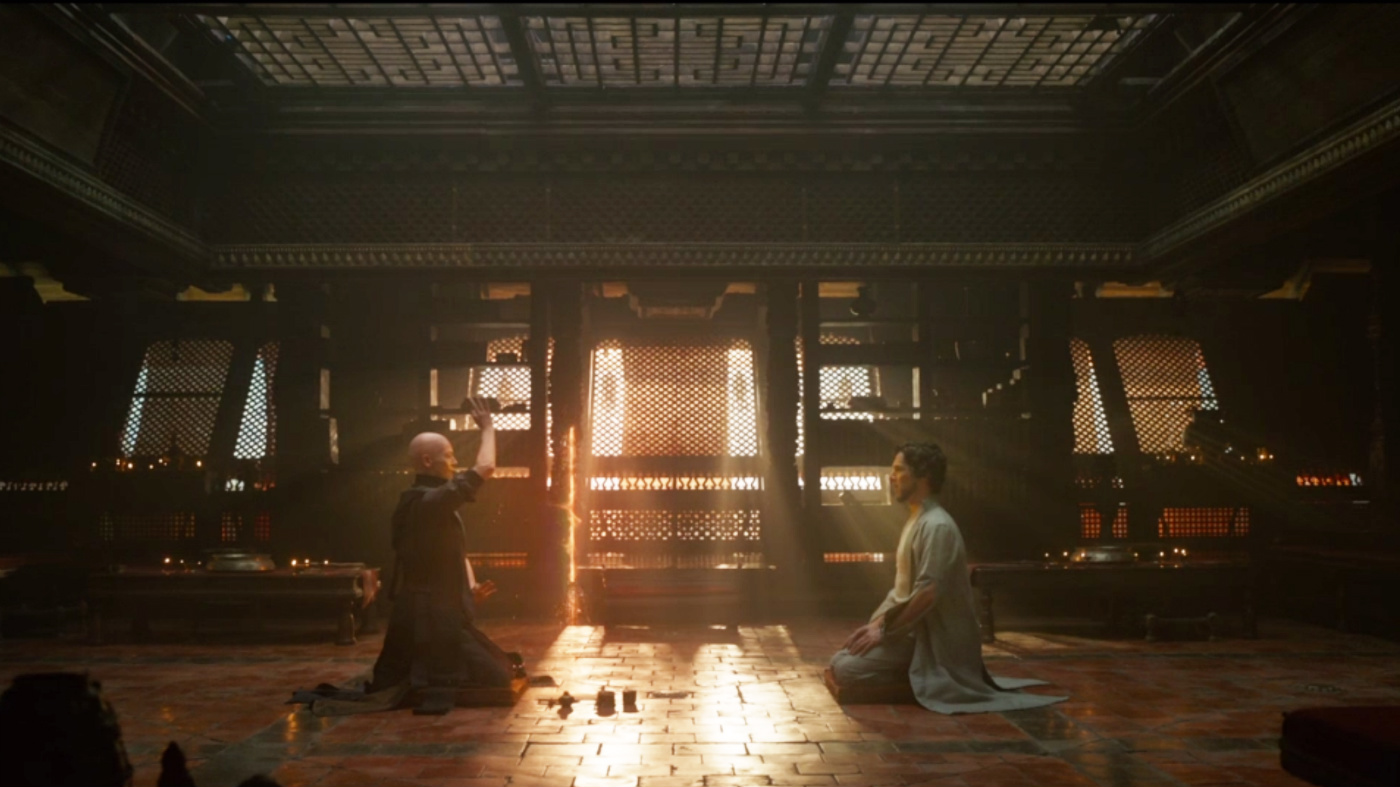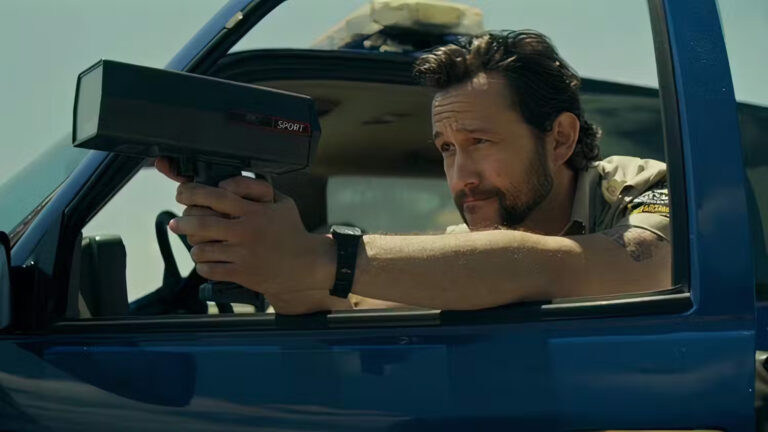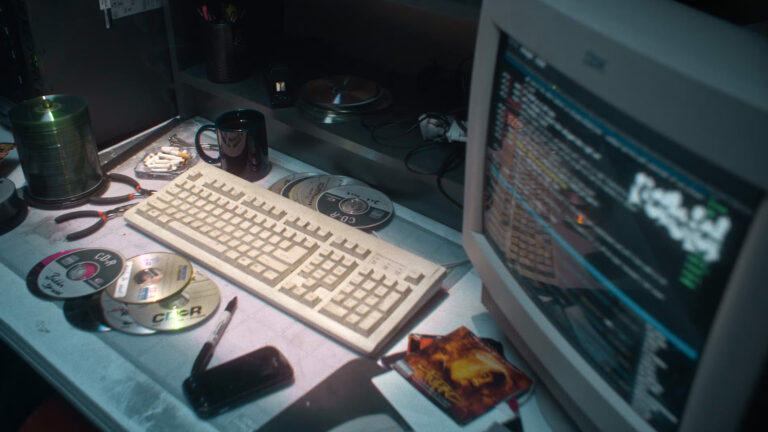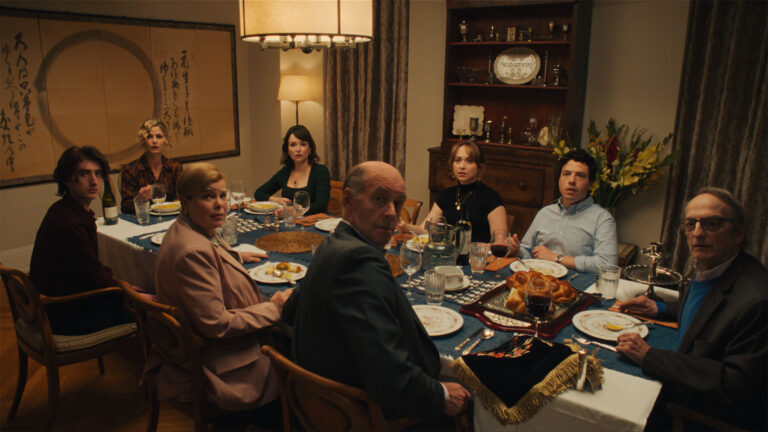Even most of the great editors in Hollywood started out as assistants, a statement that certainly applies to Sabrina Plisco. The Doctor Strange editor got her start nearly 30 years ago, as an assistant editor on films like Fried Green Tomatoes before taking the lead-editing role on some smaller TV films and then, in recent years, a series of large-budget Hollywood films. In 2015 she was nominated for an Emmy (along with co-editor David Beatty) for the History miniseries Houdini.
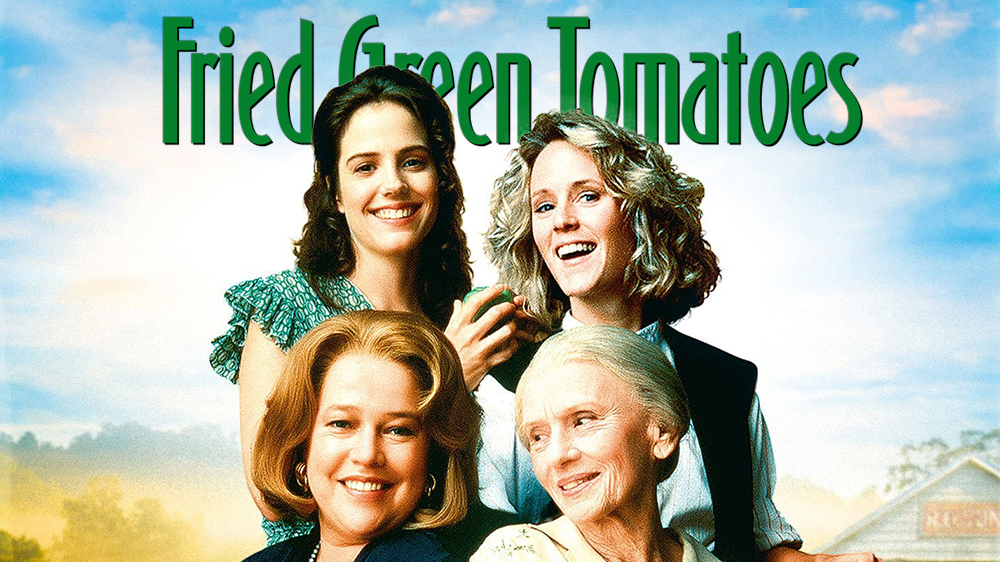
Jumping up from assistant to lead editing is a tricky endeavor, in large part due to the fact that assistants with higher aspirations need to walk a fine line. “If all I see is that an assistant wants to be an editor, and they’re not focusing on their assistant skills,” Sabrina says, “that’s not going to work for me.” You’ve been hired as an assistant – doing those specific tasks well should be your top priority.
On the other hand, assistants who want to be lead editors also need to be assertive enough to make their intentions known. “I need to understand that their ultimate goal is to sit in an editing chair, then we’ll make that happen,” Sabrina says. “If you don’t tell people that, they won’t look at you in those terms.”
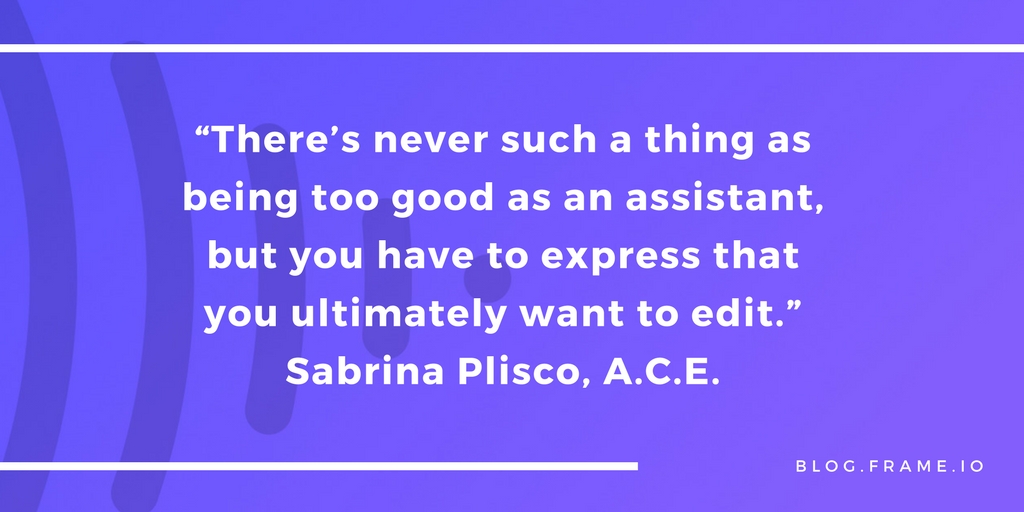
The message is clear: Make it known that you don’t plan on being a career assistant, but as long as assistant editing is still your job, doing that job to the best of your abilities is vital.
But how does an assistant set themselves up to take that next step? What will make you stand out from the sea of assistant editors – aside from simply being a really good assistant?
Bring next-level preparedness and organizational skills
Assistants need to always keep in mind that no two editors use the exact same process. “Through my work with other editors,” Sabrina says, “I’ve really been able to see how vastly different we all work from each other.” In this way, there is no singular approach to assistant editing that will work as an across-the-board strategy. Adaptability is key, but you can’t adapt if you don’t first prepare.
“The main thing an assistant has to do from the get-go is figure out how the dailies process is going to work, and prepare for their editor,” Sabrina says. “How fast do they work? What order do they like to work in each day? That is the biggest – and I think, hardest – job of the assistant.” Until the project is complete, make their process your process. It’s vital, as an assistant, to learn about the different ways that a project can be structured, not just the way you’re most comfortable with, so that you’re ready to adapt to someone else’s workflow. So step one in being a great assistant is research and knowledge-gathering.
Build your own content libraries
According to Sabrina, another key aspect of standout assistant editing is helping with the temp sound work. Even if it will eventually be replaced by a professional sound editor, the temp sound that goes into the cut can help the editor significantly. “Assistants need to know where to get a sound effect, and where to start building a library,” she says. The ability to find the perfect sound effect is one subtle area where an assistant can really shine. “The smart thing is for them to carry a library with them, and build it as their career goes. That’s a big one for me.” Sabrina also advises assistants to put together a library of music to template, as this provides another potential time-saving opportunity for your lead editor – which will always make you look good.

“The assistants also need to know how to shop for stock footage,” Sabrina says. “Sometimes you’re on a small enough show where you don’t have people looking for stock footage for you.” It’s a good idea to compile a list of stock footage websites and stock footage service websites. No doubt these resources will be used time and time again over the course of your assistant career to help find the shots required needed for any project whether it’s a tv show or a big budget movie.
Understand your editor’s standards for etiquette
Editing – and filmmaking in general – is a job that extends far beyond technical abilities, with responsibilities and expectations that you don’t typically learn in school. “The young people coming out of school these days are really taught how to use the equipment, and how to not be afraid of it, and to explore it. That’s a great thing,” Sabrina says. “In school, you learn all the technical stuff, but you don’t learn the day-to-day behavior. How to dress. When to talk. Who do you speak to? Who do you ask for help? All those are basic things that you don’t learn in school.” Respectful etiquette plays a huge part in how smoothly you fit into the hierarchy of the project.
Sabrina believes that the only way to truly master these skills is through experience. But that doesn’t mean you can’t expedite the learning process. First, learn the specific protocols of your lead editor: “Some editors close their door. Do you knock? Do you walk in? Do you text them?” Sabrina suggests you ask these types of questions as you begin your journey working with any editor. That’s the primary step to “really understand how to behave in the environment that you’re working in.” Every editing relationship requires some feeling out of these social cues, and sometimes – especially when you’re new – the smartest approach is just to ask. It shows that you care, and it adds an extra layer of professionalism.
Be an equal team member in the editing hierarchy
If this all seems a bit subservient, that’s an all-too-easy mistake to make. “There is a hierarchy, and an attitude toward that. That does not mean assistants are servants in any way,” Sabrina explains. “I always feel like we’re a team. However, if you keep your editor happy as an assistant, it’s going to be a better place to work.”
While the director-to-editor-to-assistants hierarchy is largely the same across most types of projects, the power structure varies by medium, by personal preferences, and even by region. “I started in Northern California, where it wasn’t quite the same hierarchy system. It’s a little more equal,” Sabrina says. “When I moved to Los Angeles, it became much more of, ‘This is your job, and this is what you do.’”
As an assistant, it’s your responsibility to meet with the editor and discuss expectations. No two projects are ever exactly the same, and you are expected to adapt to your role, regarding both the specific limitations and demands of each project.
The quicker and easier you adjust to your position in that unique hierarchy, the more you will stand out from your fellow assistants.
Never stop honing your lead editing skills
Positioning yourself to make the jump to lead editing always comes back to communicating that desire. Once you’ve done that, most editors will respond positively and give you opportunities to learn and grow those editing skills. “If I see an assistant wants to do something, I’ll give them a scene to cut, and then we’ll talk about it,” Sabrina says. “Even if I’ve already cut it, just stay the extra time to practice those cutting skills.”
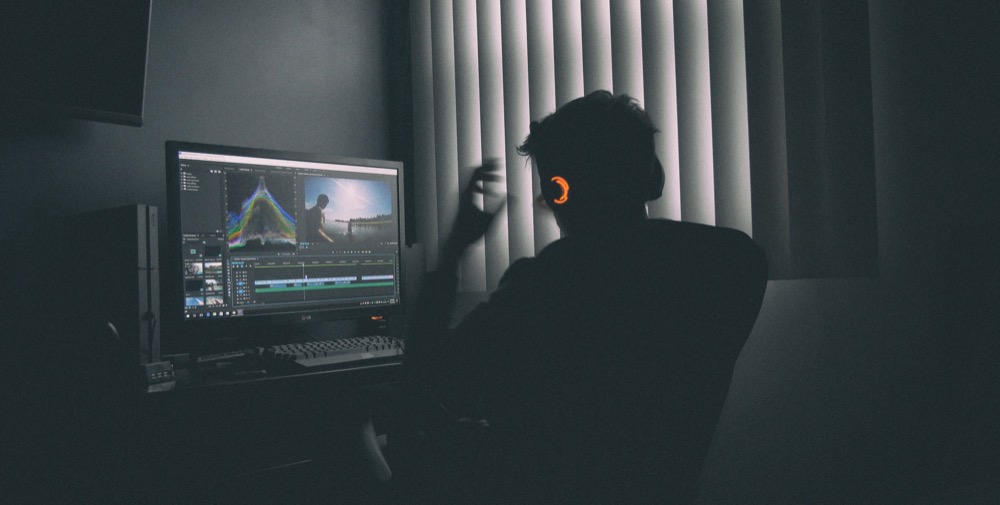
But you have to be proactive – you have to ask. If you are 100% focused on your duties as an assistant, your lead editor is probably not going to simply offer you a scene to cut.
The reality is that assistants spend much of their workday accomplishing tasks that they won’t have to worry about as much at the next level. After all, as lead editors, they’ll have their own assistants. “Unfortunately, in this day and age – unless it’s a scene I really need my assistants to cut – it’s something they have to pursue on their own time, above and beyond the workday,” Sabrina says. “But it’s important to keep doing that.”
Technical chops alone are never enough
When it comes down to it, nearly every assistant editor understands the technical side, because they probably wouldn’t have jobs if they didn’t. What sets you apart as an assistant is your project preparation, and knowing how to fill your role in the larger post-production hierarchy. All the while, you need to find time on the side to refine your actual editing techniques. It’s going to take some long hours, but you already knew that.
As for Sabrina, she again repeats that you’ll never move past being an assistant if you don’t clearly communicate your desire to do so.
“Assistants get stuck with a lot of the technical day-to-day stuff,” she says. “If they want to pursue their editing chops, I have to know that’s what they want to do.” Then, if you’re working for an editor like Sabrina, you’ll be able to take your first step toward your own spot in the edit suite.

